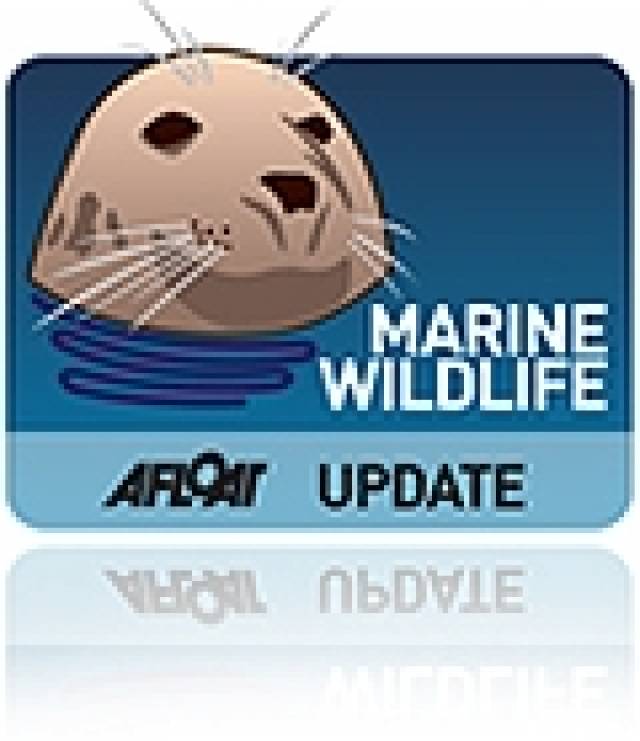#MarineWildlife - The Irish Whale and Dolphin Group (IWDG) has welcomed recent measures to protect deep-diving cetaceans from the potential effects of seismic survey noise.
The new measures have been implemented by the Petroleum Affairs Division (PAD) of the Department of Communications, Energy and Natural Resources and the National Parks and Wildlife Service (NPWS).
As a result, the environmental management plan for the 2D seismic survey of the Irish EEZ, being conducted by ENI Ireland BV in conjunction with the PAD, includes the establishment of a 'mitigation zone' along key parts of the continental shelf margin from which all seismic survey is excluded.
The management plan was informed by two projects recently conducted by the IWDG: the recently published Atlas of the Offshore Distribution of Marine Mammals in Irish Waters (funded by the the NPWS and the Marine Institute); and the Beaked Whale Passive Acsoutic Monitoring Pilot, conducted in the Rockall Trough and funded by the PAD.
Both these projects identified areas of the Irish shelf slopes as being of importance to deep-diving cetaceans such as beaked whales, sperm whales and pilot whales.
The mitigation zones implemented during the ENI/PAD 2D survey show how collected data can directly contribute to cetacean conservation in Irish waters, according to the IWDG.
In other news, the IWDG has been carrying out its own survey in North Kerry to investigate the use of Tralee Bay and Bandon Bay by bottlenose dolphins, and assess the potential for marine wildlife tourism in the region.
Since May, Drs Simon Berrow and Joanne O'Brien have ben working with the local community in Fenit and North Kerry to survey and record dolphins and other cetaceans to build up a better understanding of how they use the bays.
The IWDG has also deployed three C-PODs across the bays to acoustically monitor the area for dolphins.
"It has long been known that Tralee and Brandon Bays are the only site where the resident bottlenose dolphins in the Shannon Estuary occur," said Dr Berrow. "The bottlenose dolphins in the Shannon are a genetically discrete population with a relatively small population of around 120-140 individuals. The Shannon is protected for bottlenose dolphins but Tralee and Brandon Bays are not.
"Since the start of this project, which is funded by North and East Kerry Development, we have encountered bottlenose dolphins on every trip. Photo IDs have established them to be Shannon dolphins, and they have been detected acoustically on nearly 90% of days at some sites."
Celtic Mist, the IWDG's research vessel, has been joined by local boats in surveying the area and on Wednesday last (6 August) it encountered a large group of bottlenose dolphins in Brandon Bay - captured on video by local filmmaker James McCarthy:
































































